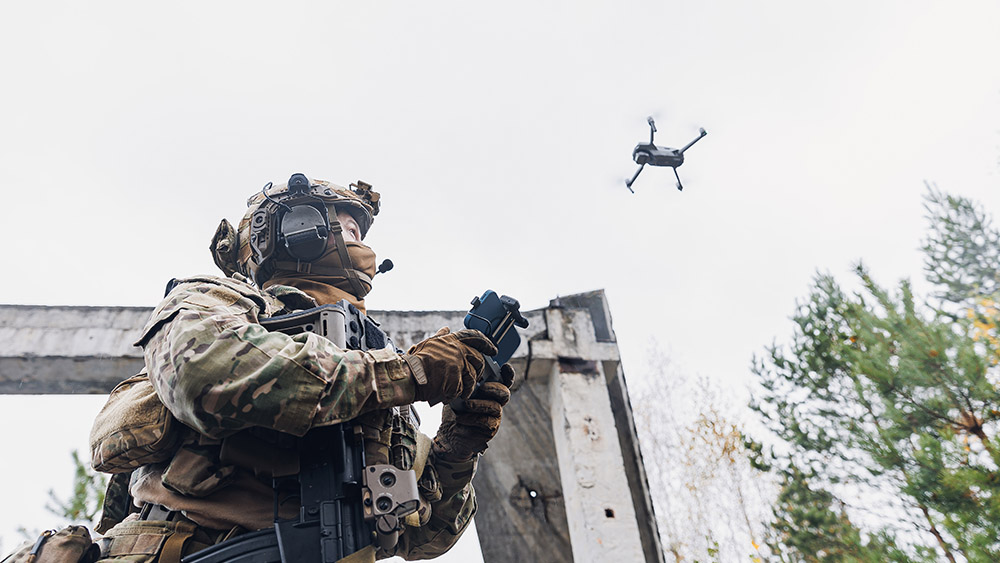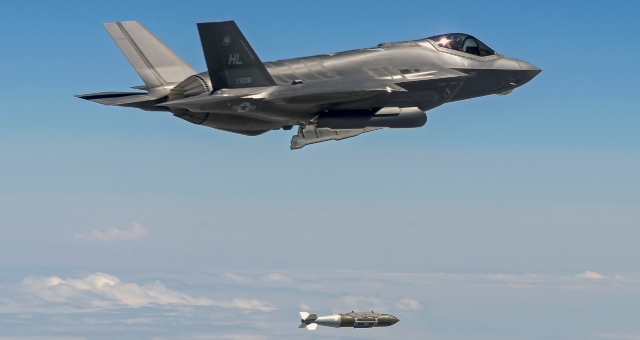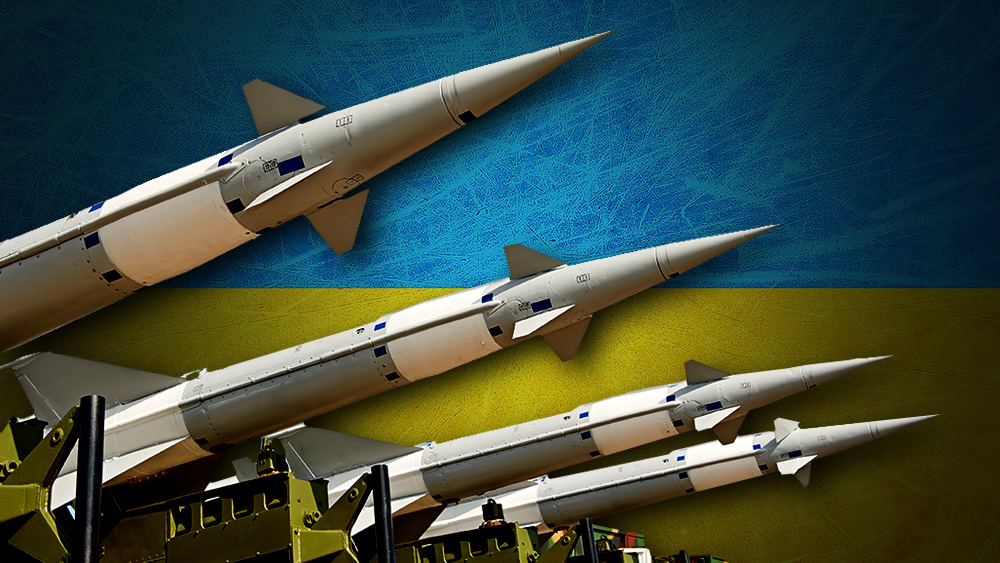Weapons defense enters a new era: New technology overcomes growing threat from DRONES
09/03/2025 / By Willow Tohi

- Leonidas, an electromagnetic weapon by Epirus, neutralized 49 quadcopters in seconds during a test.
- The U.S. military is reclassifying drones as consumables to expedite deployment.
- Epirus’ “sixth domain” challenges traditional war domains, emphasizing an overwhelming number of cheap, networked machines.
- President Trump’s executive order aims to accelerate drone production using advanced technology.
- The potential for drone swarms to disrupt national security leads to a push for advanced countermeasures.
As the world becomes increasingly reliant on drones for both military and civilian use, the rapid proliferation of unmanned systems has sparked both innovation and concern. This past Tuesday, defense contractor Epirus made headlines with an extraordinary demonstration at Camp Atterbury, Indiana. In a lightning-fast maneuver, the company’s Leonidas electromagnetic weapon neutralized a swarm of 49 quadcopters in mere seconds, underscoring the escalating arms race in the skies. Axios was the sole media outlet present at this groundbreaking event, which saw observers from various U.S. military services and foreign allies, especially from the Indo-Pacific region. Epirus CEO Andy Lowery hailed the test as a “singularity event,” signaling a pivotal moment in the development of defensive technology against drone threats.
The swift rise of drone technology
Drones have emerged as a pivotal tool in modern warfare, illustrating their potential to disrupt and dominate the battlefield. Russia’s experience in Ukraine has highlighted the effectiveness of drones in covert attacks, showcasing how they can be used to inflict significant damage with minimal risk. The U.S. military’s recent policy shift, spearheaded by Defense Secretary Pete Hegseth, reflects the urgency in adopting these technologies to maintain air superiority. Hegseth’s “Unleashing U.S. Military Drone Dominance” directive reclassifies small drones as consumables, bypassing bureaucratic hurdles and enabling rapid deployment by lower-level commanders. The Pentagon aims to integrate U.S.-made drones into every military squad, prioritizing Indo-Pacific units, by 2026.
Enter Leonidas: A new era in drone defense
Epirus, founded in 2018, has rapidly established itself as a leading player in the drone defense sector. The company’s success with Leonidas, a high-powered microwave weapon, exemplifies the struggle for strategic balance in counter-drone technologies. During the demonstration, Leonidas demonstrated its capability to disable large swarms of drones simultaneously, an achievement that underscores the potential of electromagnetic interference as a critical countermeasure. Lowery’s assertion of the “forcefield system” delivering a “singularity event” speaks to a new era in defensive capabilities.
The “sixth domain” of warfare
Epirus’ “sixth domain” doctrine challenges traditional military strategies by emphasizing an overwhelming number of networked machines, creating a new paradigm where the sheer volume and coordination of drones render traditional defenses obsolete. This concept has already begun to reshape national security policies, compelling governments and defense agencies to adapt their strategies. The potential of drone swarms to disrupt critical infrastructure is a significant concern, as evidenced by the Northeast’s drone madness earlier in the year. Lowery’s anticipation of deploying Leonidas at strategic locations like stadiums, ports and airports reflects this growing concern.
Accelerating drone production: A presidential initiative
President Trump’s executive order, signed on June 6, has set the stage for rapid advancements in drone production. The order aims to reduce regulatory barriers and streamline the certification processes for safe and secure drone outputs. This initiative is a response to the lag in U.S. drone production, a shortfall that Russian and Chinese adversaries have exploited. The Federal Aviation Administration and the Department of Defense are coordinating efforts to expand drone training airspace, further enhancing domestic capacities.
Balancing offense and defense
As the U.S. military gears up to enhance its offensive capabilities, the need for robust defensive measures against drone threats has never been more critical. The successful demonstration of Leonidas offers a glimpse into the future of drone warfare, where the battle will be fought not just with precision strikes but with the ability to neutralize entire swarms in seconds. The deployment of such technologies will necessitate ongoing collaboration between private contractors and government agencies, ensuring that the nation remains prepared for the challenges of the digital age. The time for action is now; the battle for the skies has only just begun.
Sources for this article include:
Submit a correction >>
Tagged Under:
big government, breakthrough, defense sector, drone, drone defense, military tech, national defense, national security, quadcopters, technology, weapons, weapons tech
This article may contain statements that reflect the opinion of the author
RECENT NEWS & ARTICLES
COPYRIGHT © 2018 MILITARYTECHNOLOGY.NEWS
All content posted on this site is protected under Free Speech. MilitaryTechnology.news is not responsible for content written by contributing authors. The information on this site is provided for educational and entertainment purposes only. It is not intended as a substitute for professional advice of any kind. MilitaryTechnology.news assumes no responsibility for the use or misuse of this material. All trademarks, registered trademarks and service marks mentioned on this site are the property of their respective owners.



















